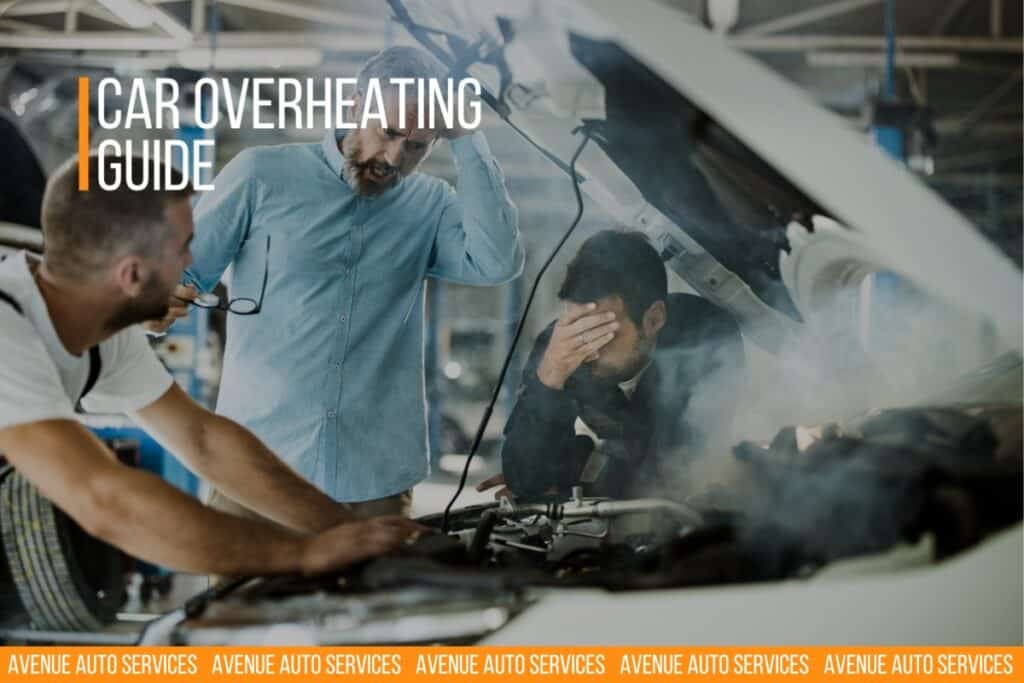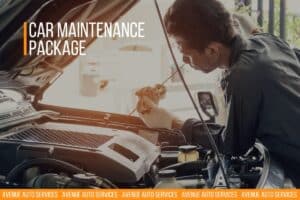It’s a blazing day, traffic is crawling, and suddenly you notice steam rising from under your hood. Your dashboard temperature gauge spikes into the red zone. You’re facing every driver’s dreaded scenario: your car is overheating.
When your engine overheats, what you do in those next few minutes can make the difference between a quick fix and thousands in engine repairs. If you’re wondering exactly what to do when your car overheats, this guide will walk you through the steps you need to take immediately—and how to prevent the problem from happening again.Let’s break it down.
1. Turn Off the A/C and Turn On the Heater
The moment you notice your car’s temperature rising or see steam coming from under the hood, immediately turn off the air conditioning to reduce the engine’s load. Then, switch on the heater at full blast—even if it’s hot outside. This may be uncomfortable, but it helps transfer excess heat from the engine into the cabin through the heater core. Acting like a secondary cooling system, this quick adjustment can lower engine temperature just enough to prevent severe damage, giving you time to find a safe place to pull over and address the issue before it escalates.
2. Pull Over Safely and Shut Off the Engine
If the temperature keeps climbing or you see steam, safely pull over and turn off the engine as soon as possible. Continuing to drive while the engine is overheating can cause severe damage, such as:
Blown head gasket
Warped cylinder heads
Cracked engine block
Important: Do not open the hood right away. Wait at least 10–15 minutes until the engine has cooled to avoid burns from hot steam or fluids.
3. Check Coolant Levels (When It’s Safe)
After the engine has cooled, carefully open the hood and inspect the coolant reservoir. If coolant levels are low or empty, this could be the root cause of the overheating. Refill with a 50/50 mixture of coolant and distilled water, if available.
If you notice signs of a Coolant Leak, such as puddles under the car or a sweet smell, do not drive. Continuing to operate the vehicle could lead to engine failure. Instead, call a tow truck or contact a trusted local garage like Avenue Auto Services.
4. Restart the Engine and Monitor the Temperature
Once you’ve added coolant and allowed the engine to cool down completely, restart the vehicle and carefully monitor the temperature gauge. Watch for any signs of rising temperature, steam, or unusual engine noises. If the temperature stays within the normal range and the engine sounds smooth—without knocking, hissing, or burning smells—it’s generally safe to drive, but only for a short distance. Drive slowly and avoid traffic or uphill routes as you head directly to the nearest trusted garage. Keep an eye on the dashboard during the drive in case the issue returns.
Still unsure? Let our team run a complete Overheating Diagnostics Service at Avenue Auto Services to identify any underlying issues.
5. Avoid Traffic and Unnecessary Driving Until Repairs Are Complete
Driving in stop-and-go traffic or allowing your engine to idle for extended periods puts additional stress on the cooling system, which can worsen overheating issues—especially if the problem hasn’t been fully resolved. After your car has overheated, it’s important to avoid unnecessary trips, short errands, or heavy-traffic routes until a qualified technician inspects the vehicle. Continuing to drive without addressing the root cause can lead to recurring overheating, further engine damage, or even complete breakdown. Always wait for a professional diagnosis and repair before returning to normal driving conditions.
At this point, a full inspection is recommended to assess:
Engine Control Module functionality
Radiator and fan performance
Coolant circulation and pressure
Hose and thermostat conditions
Letting these issues go unchecked may lead to repeat overheating or even permanent damage to the engine.
6. Understand the Common Causes of Car Overheating
If you’re experiencing frequent overheating, one or more of the following may be to blame:
Low coolant levels or Coolant Leak
Clogged radiator or a failing water pump
Oil Leak that increases engine friction
Broken fan belt or a non-functioning radiator fan
Malfunctioning Engine Control Module
Blocked air flow due to debris in the grill or undercarriage
Each of these issues requires a professional diagnosis. Avenue Auto Garage offers specialized inspection services for overheating problems, ensuring your vehicle is safe and road-ready.
Bonus Tip: Keep an Emergency Overheating Kit in Your Car
Being prepared can make all the difference. Store these items in your trunk:
Extra coolant or a coolant/water mix
Gloves and a flashlight
Clean rag or towel
Bottled water (for you and, if necessary, your radiator)
These essentials can help you manage an emergency safely until help arrives.
Final Thoughts
Car overheating isn’t something to ignore. It’s often a warning sign of a deeper mechanical issue, and how you respond in those first few minutes matters.
The key takeaways:
Act quickly, but safely
Avoid driving while the engine is hot
Get a professional diagnosis immediately
If you’re in Dubai and need immediate help with overheating issues, book a comprehensive inspection at Avenue Auto Services. Our expert technicians are ready to diagnose and fix the issue—so you can drive away with confidence.





 If You’re In Al Quoz, Dubai. Avenue Auto Services is Auto Repair Experts In German, American, European & Luxury Cars. Avenue Is Your Only Stop For The Top Of The Line Automotive Repair Work. We Understand That Car Repairs Can Be A Very Difficult And Complicated Process. We Also Take Great Pride In Being One Of The Only Female-friendly Auto Repair Shops.
If You’re In Al Quoz, Dubai. Avenue Auto Services is Auto Repair Experts In German, American, European & Luxury Cars. Avenue Is Your Only Stop For The Top Of The Line Automotive Repair Work. We Understand That Car Repairs Can Be A Very Difficult And Complicated Process. We Also Take Great Pride In Being One Of The Only Female-friendly Auto Repair Shops.